[Translation] A massive project recently inaugerated in San Miguel de Allende has generated more questions than answers. The Citizens' Forum "Acuaférico Ignacio Allende: Is this the solution to the water supply in our city?" organized by Yo Soy San Miguel A.C. and moderated by Nuria Lara last October, deserves to be reproduced here and complemented with other interviews.
This project for supplying water to the city will extend from the Ignacio Allende Dam to the Cerro de las Tres Cruces -285 meters- and will receive water from six wells: El Mirador, El Cuervo in Los Frailes and the remaining ones in San Marcos de Begoña. According to SAPASMA's promotional video, all the inhabitants of the upper west and northwest area of the city will benefit, "We ensure water until at least the year 2041."
The project entails a cost of more than 156 million pesos to cover the cost of drilling, equipping and electrification of seven drinking water wells, construction of a storage tank and pumping station, as well as pipelines with a length of 10.6 kilometers. It also includes a control and monitoring system to remotely manage water storage, extraction and distribution levels. According to Francisco García León, director of the State Water Commission, this great work is in addition to another that has been a pending commitment for some time: "the new wastewater treatment plant, which, under the direction of Governor Diego Sinhue, will support the treatment of 180 liters per second." For when?
According to Nuria Lara, the authorities have mentioned a series of geophysical studies have been prepared to guarantee the effectiveness of the project. However, they are not known by the specialists invited to the Forum--Vicente Zepeda López, director of Conagua/Guanajuato, Rebeca Lopez and Carlos Vargas of the Agua Para Todos project, Gonzalo Hatch Kuri, geographer with a specialty in environmental matters, and Cesar Arias, director of Charco del Ingenio--or by the population in general.
Questions are legitimate. Both the participants of the Citizen Forum, as well as the inhabitants of the communities of Cabras and San Marcos de Begonia affirm that not everything is clear in view of SAPASMA's secrecy. What happens if this temporary remedy ends sooner than promised in view of the evident over-exploitation of the aquifer? Is it a viable solution? Does this measure promote an equitable and ecological water culture in a context of generalized waste? Are extreme prolonged droughts requiring greater water extraction being considered? Has rainwater harvesting during torrential rains been contemplated as a complementary alternative? And as Cesar Arias said, the subterranean aquifer is not only contaminated with arsenic and fluoride due to the depth of extraction and age of the water, but receives agro-industrial, livestock, business and domestic emissions from the Laja River that are eventually deposited in the Allende Dam. How will the contaminated water that will be pumped to Tres Cruces be treated? Who will pay for the operation and maintenance costs, not included in the above mentioned figure? Did SAPASMA receive the consent of the communities of Juan Xido, Cabras, San Marquitos and San Marcos de Begonia, those directly affected? If the subdivisions are going to benefit massively from this water, will the installation as well as its maintenance and operation cost?
There is plenty of information about the precarious water situation in the region. Hatch Kuri mentioned the studies carried out in 2009 by Dr. Marcos Adrian Ortega that demonstrated the enormous pressure on the basin at that time, a fact that the water operator SAPASMA knows quite well. "Although in some ways it's right to have a vision of planning to meet future demand, we are talking about water that is not renewable in time on a human scale. That is, you are not going to replenish water that is 10,000 to 35,000 years old. No matter how much you establish a mega program of aggressive land use planning you are not going to be able to achieve this, which is already a wake-up call for everyone."
Carlos Vargas emphasized the same point. He mentioned the study that Dr. Ignacio Navarro de León carried out in 2005 in which he has shown that, since 1983, due to the growth of agro-industrial activities and the overexploitation of the aquifer, the volume of groundwater extracted has exceeded that which has been replenished.
As César Arias said, the problems mentioned above are explained by the fact that northern Guanajuato, a semi-desert area, is under "brutal stress" from vegetable production and livestock projects that consume 85% of groundwater. "The rest is for human consumption, but that's putting it mildly. In San Miguel there are 70 subdivisions authorized by the last two municipal regimes that demand water. We don't know if this project is a response to the enormous commitments of the two previous mayors or if it corresponds to a responsible concept of water supply."
The history of the aquaférico is one of anomalies that were "corrected" along the way. First Conagua closed the riverside wells of San Marcos de Begoña and Juan Xidó Cabras. SAPASMA never requested the proper authorization but managed to evade total closure by resorting to a clause in the National Water Law that allows the transfer of unused concessions in other regions and redirecting them to where they are most needed. Conagua had no choice but to authorize drilling which had been suspended.
Thus, Vicente Zepeda confirmed that "SAPASMA was able to regularize the three perforations or water uses on the grounds that it has allocation titles with volumes that it does not use in certain places and as long as they are from the same aquifer, the water authority has no legal impediment to deny that opportunity to make a redistribution in the place."
Vicente Zepeda acknowledged that Guanajuato's aquifers are overexploited and that the El Realito alternate mega-project in San Luis Potosi is not the solution for San Miguel because it only has allocations for San Luis and Celaya.
In conclusion, Rebeca López affirmed that this example is "extremely valuable for us because it demonstrates the urgent need to promote a citizen comptroller's office to monitor compliance with municipal planning. A citizen comptroller's office to see that things are done correctly. Where is the social part that is now suffering and suffering the consequences?"
We have is a National Water Law that no longer conforms to the needs of society, the economy and the care of natural resources. "We have focused on seeing water as property. This has led us to a crisis due to the lack of articulation between the different sectors and institutions in charge of water management." Rebeca concluded by pointing out a fundamental contradiction: "on the one hand, very costly investments are made and on the other hand, water distribution is inequitable."
It is evident that in the face of the current conditions of water and climate stress in the region, the indispensable dialogue between the different government sectors, organizations and communities for integrated watershed management is still absent. Soil and water conservation actions are increasingly urgent. For this reason, the communities that will be affected -when the aquiférico becomes fully operational- are calling for a new water culture that starts from the individual to the collective. In other words, in the face of looming scarcity, it is essential to initiate a transition towards water sustainability and resilience.
First, and as a matter of survival, rainwater harvesting must be promoted as an obligation and a right. At the same time, another obligation to avoid contaminating water sources is the use of gray water, in addition to taking responsibility for human waste (drainage). New awareness also invites us to consume food produced by environmentally friendly agriculture. Finally, and without regard to political costs, the price of water for domestic and industrial users must be increased. Financial investments and training for the implementation of appropriate ecotechnologies will increase year by year in a context of unpredictable climate change.

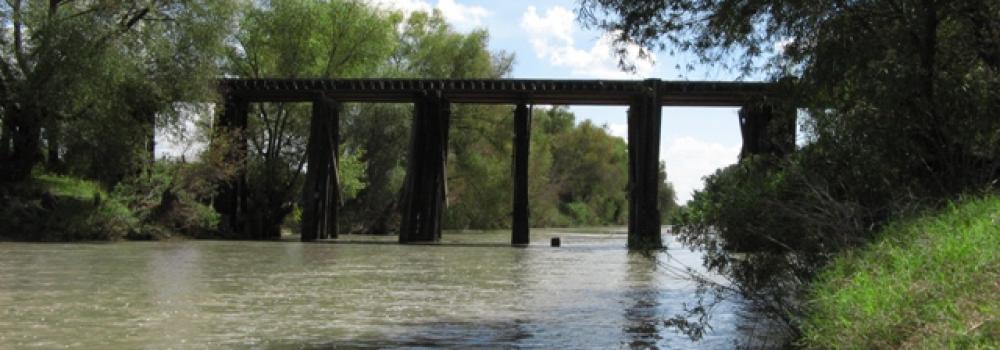
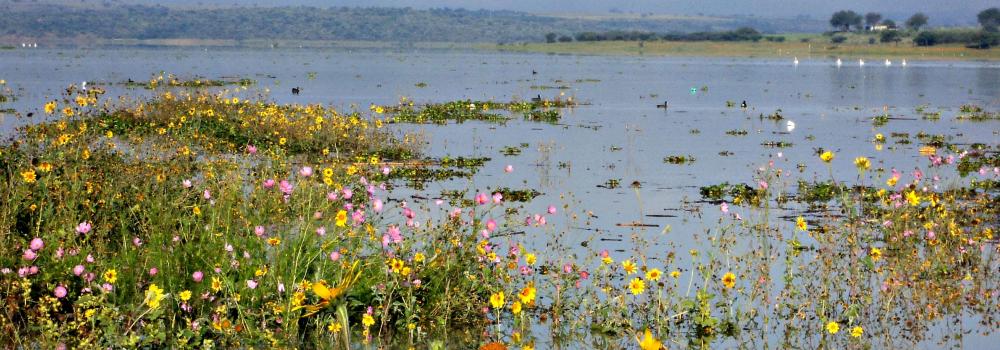
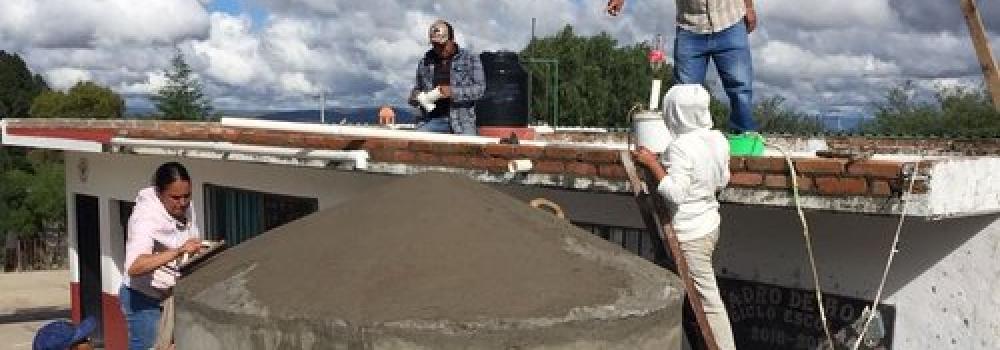
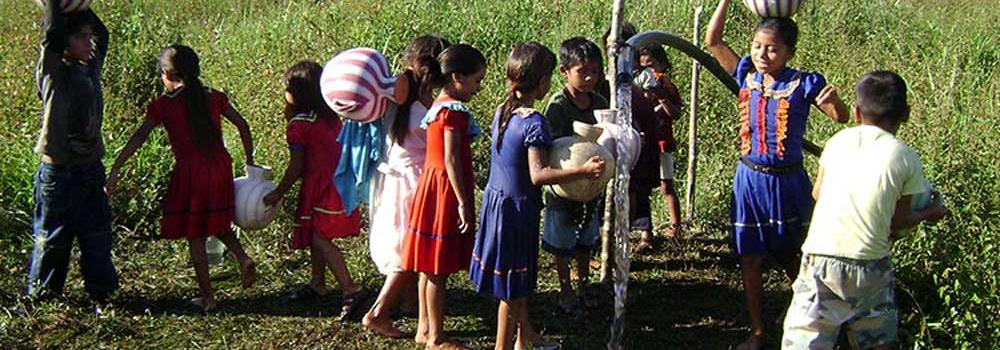

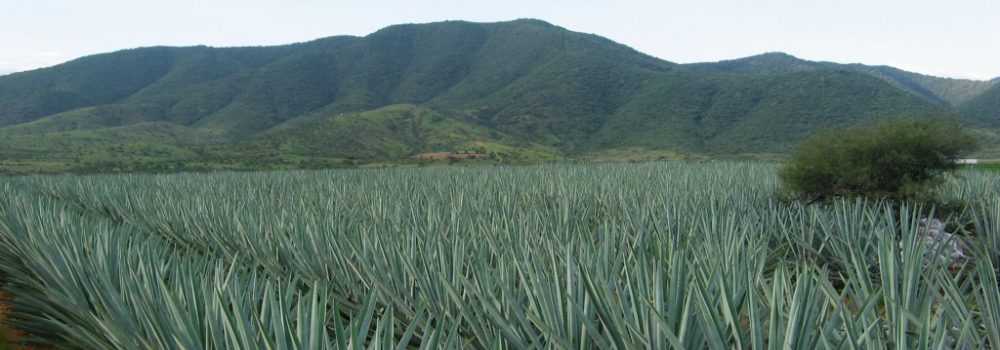

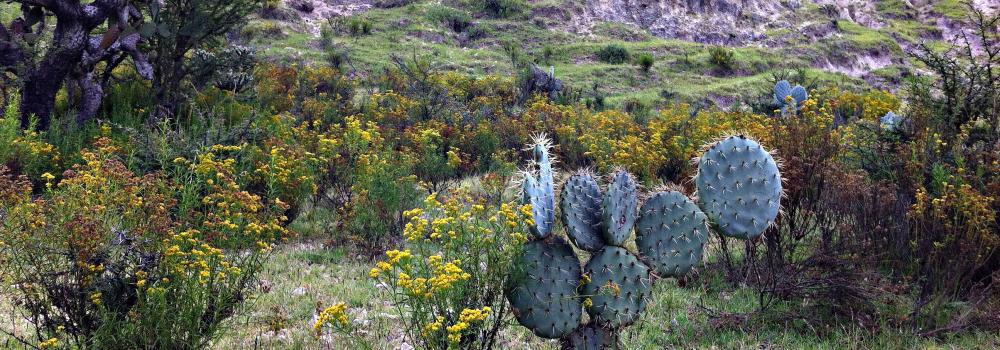
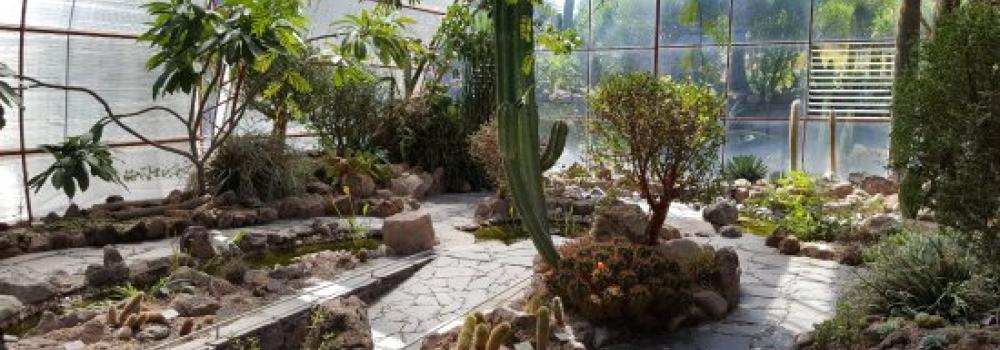
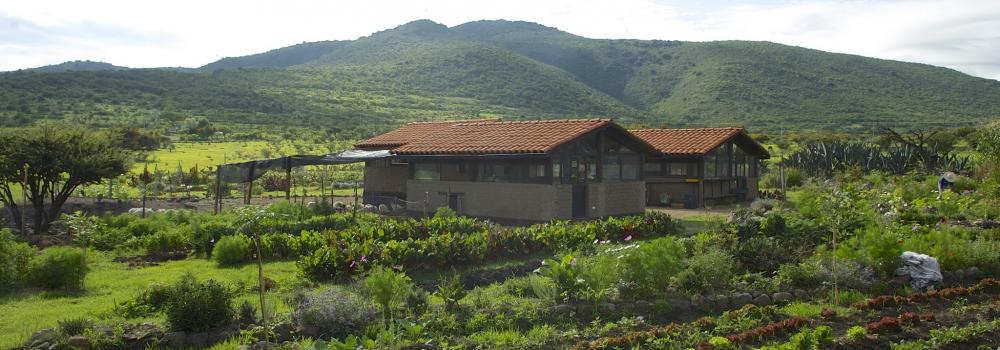
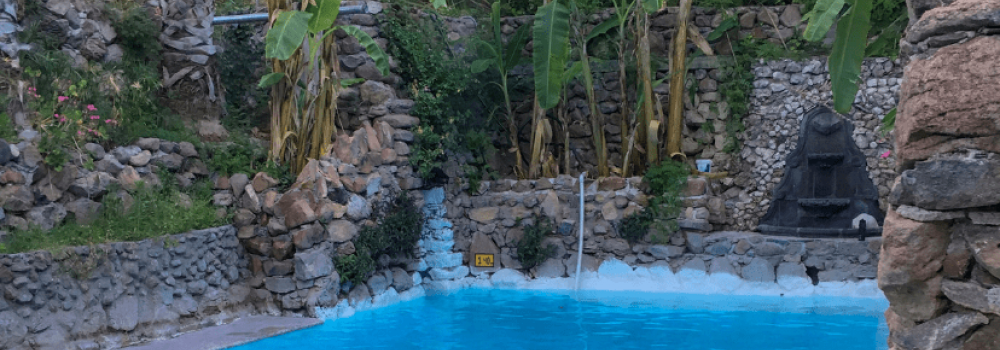
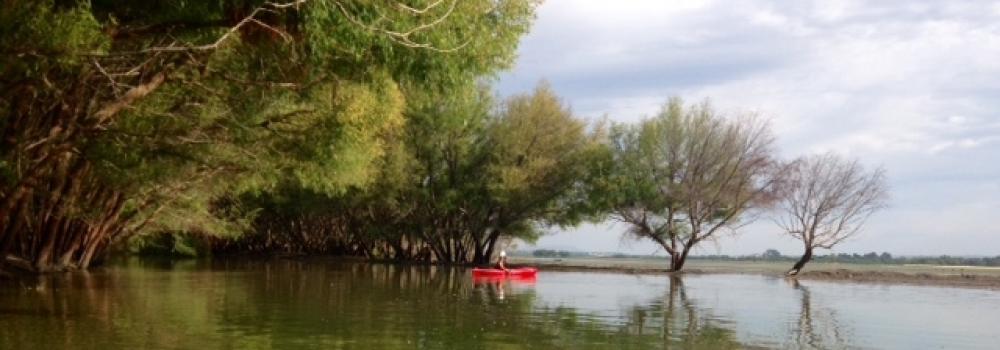
Add new comment